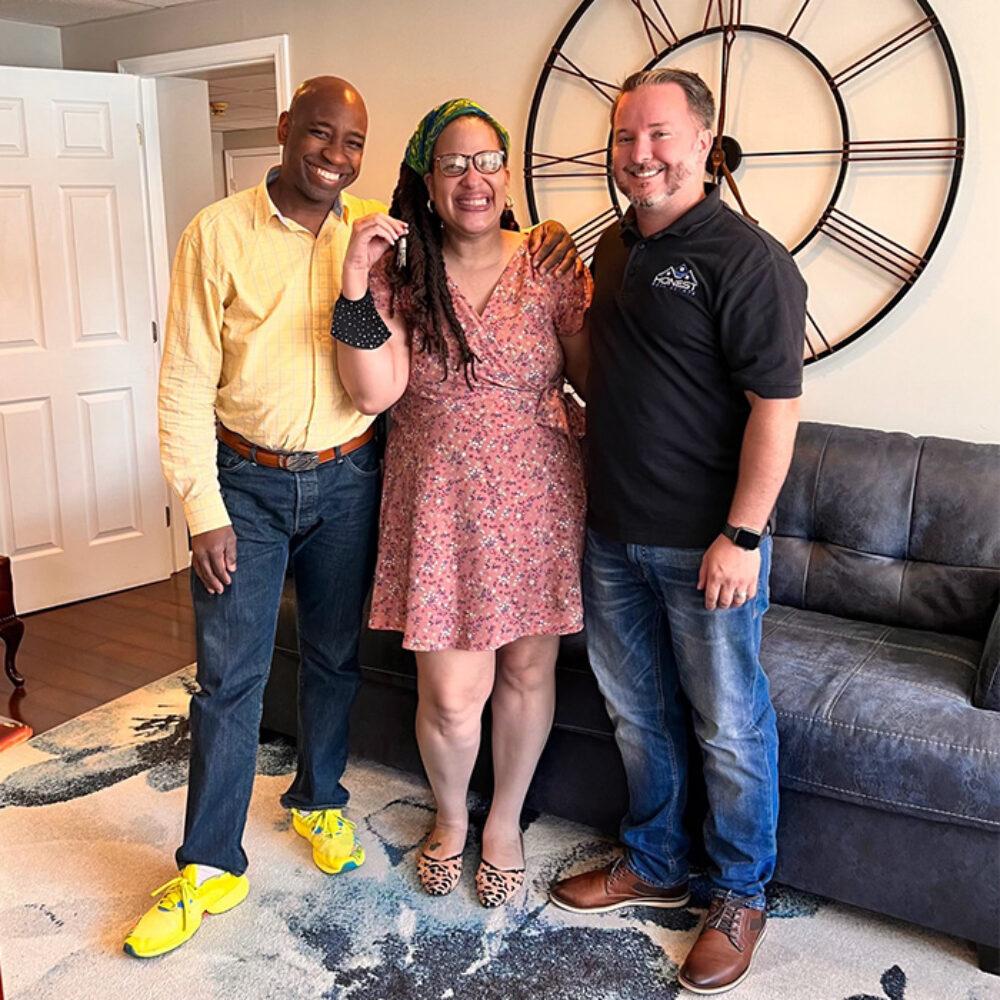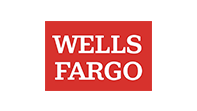Creating an Estimated 40,000 New Homeowners of Color by 2025
Wells Fargo partners with local nonprofits to help people of color buy homes as part of the company’s $60 million WORTH initiative.

April 12, 2023 /3BL Media/ - Housing insecurity was a part of LaTanya Whitehead’s reality for decades. Since she was 18, she has been on her own, moving from one unstable situation to another. The idea of escaping this insecurity by owning her own home seemed little more than a dream to Whitehead. But the single mother of two had a determination that would not be deterred.
Today, Whitehead owns a two-bedroom, two-bath home in the Fishtown neighborhood of Philadelphia — an accomplishment she attributes to support from the Urban League of Philadelphia, or ULP, and the Wells Fargo WORTH program.
Funded by the Wells Fargo Foundation, WORTH, or Wealth Opportunities Realized Through Homeownership, is a $60 million national effort that aims to create an estimated 40,0000 new homeowners of color in eight U.S. markets by 2025.
“It’s a wonderful thing. I wake up and think: ‘Wow, this is mine,’” Whitehead said. “I did not give up because I matter.”
Closing the wealth and homeownership gaps
Two years before Whitehead found her home, she completed the ULP’s housing-counseling program. She learned she wasn’t yet ready to buy due to her credit and debt-to-income ratio.
But she acted on her counselor’s advice. “I did everything they said because I was passionate. I said, ‘I can do this! I’m not giving up. I’m not going to stay in this apartment for years to come and pay someone else’s mortgage. I want to invest in myself.’”
The dream of homeownership is one shared by many Americans — yet it’s a goal too often out of reach for people of color, said Otis Rolley, president of the Wells Fargo Foundation and head of Philanthropy and Community Impact.
“There’s a wealth gap and a homeownership gap within the United States between people of color and white Americans,” Rolley said. While roughly 73% of white households are homeowners, according to a recent National Association of Realtors® article, only 50% of Hispanic and 44% of Black households own their home.
Rolley said addressing this gap is work that Wells Fargo considers critical, and the company is designating the largest share of its $300 million in annual philanthropy toward WORTH and other efforts to increase access to affordable homes in communities that have historically been disenfranchised and underinvested.
Partnering with local charities to help first-time homebuyers
The reasons for the homeownership gap are many — including “historic redlining, challenges to accessing credit and capital, public policy, and the real estate industry intentionally steering people of color away from certain communities and neighborhoods,” Rolley said. “As intentional as people were in creating these racist practices, we have to be as intentional in tearing them down.”
Abraham Pardo, director of housing at the Urban League of Philadelphia, which received $7.5 million of the WORTH grant for the city, added predatory practices as a contributing issue.
“Early in their lives, Black and brown communities may be targeted for products with higher interest rates or products they don’t really understand when they’re young,” Pardo said. When they later try to buy a house, “we’re uncovering, in many cases, layers of issues that occurred many years before they decided that homeownership was one of their goals.”
Because financial literacy is an essential part of preparing first-time homeowners, Pardo appreciates that WORTH is enabling ULP to offer more robust homebuyer counseling and financial literacy services. The WORTH grant is also supporting grants to help homeowners like Whitehead cover down payments and closing costs, helping to address the lack of savings that locks many households of color out of homeownership.
Recognizing the breadth of housing inequities in Philadelphia, ULP formed a collaborative of community-based organizations with deep networks in majority Black and Hispanic neighborhoods to implement additional WORTH strategies over the next five years, including, HACE, Congreso De Latinos Unidos, New Kensington Community Development Corp, and the Urban Affairs Coalition.
Creating generational wealth through homeownership
Last summer, Whitehead got news that was music to her ears: her financial counselor said she was ready to get a realtor and find her home.
Then, in August, Whitehead and her 15-year-old daughter moved into a “cute, quaint, cozy” home within walking distance of her job and biking distance of downtown.
This house isn’t just for today; it’s an investment in her family.
“When I talk to my son or daughter, I say: ‘This is for you. I got this so that if anything goes on or whenever God calls me home, you guys have a place to go. You don’t have to worry about being homeless,’” Whitehead said.
Rolley said that beyond housing security, homeownership provides a family asset.
“It’s usually through real estate or small-business ownership that generational wealth is created,” Rolley said. “Now you have an asset. You have something to borrow against. It creates a very different reality for homeowners.”
Whitehead is incredibly grateful for the support in acquiring this asset for her family. Not getting support from the City of Philadelphia, Urban League, and Wells Fargo “would have depleted everything I have. You guys put me in a position that I am forever grateful for.”

